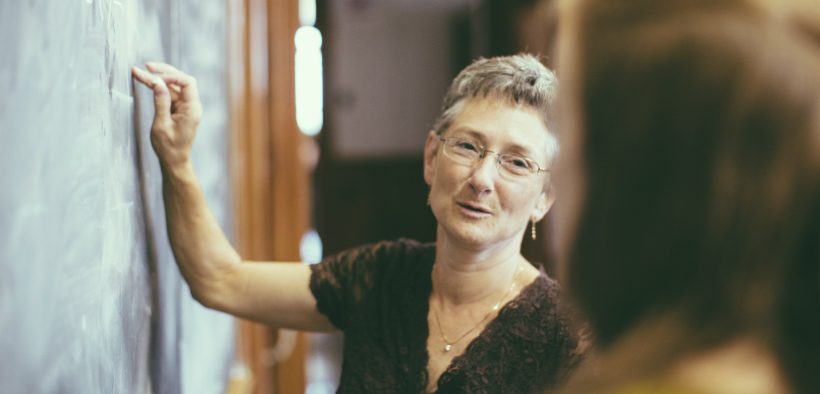For many years, I have tried to explain what experiential education (EE) is to my colleagues. In the process, I often found myself bogged down in the technical jargon of my discipline (outdoor and adventure education) as well as the writings of thinkers such as John Dewey. I'm writing here to clarify my own understanding of EE and to present a simple model that can be understood regardless of academic discipline. In doing so, I am hesitant to even use the phrase EE because I believe it represents sound educational pedagogy no matter what it's called.
Related Articles
I have two loves: teaching and learning. Although I love them for different reasons, I’ve been passionate about...
Active learning is a mostly meaningless educational buzzword. It’s a feel-good, intuitively popular term that indicates concern for...
Perhaps the earliest introduction a student has with a course is the syllabus as it’s generally the first...
Generative AI allows instructors to create interactive, self-directed review activities for their courses. The beauty of these activities...
I’ve often felt that a teacher’s life is suspended, Janus-like, between past experiences and future hopes; it’s only...
I teach first-year writing at a small liberal arts college, and on the first day of class, I...
Proponents of rubrics champion them as a means of ensuring consistency in grading, not only between students within...








